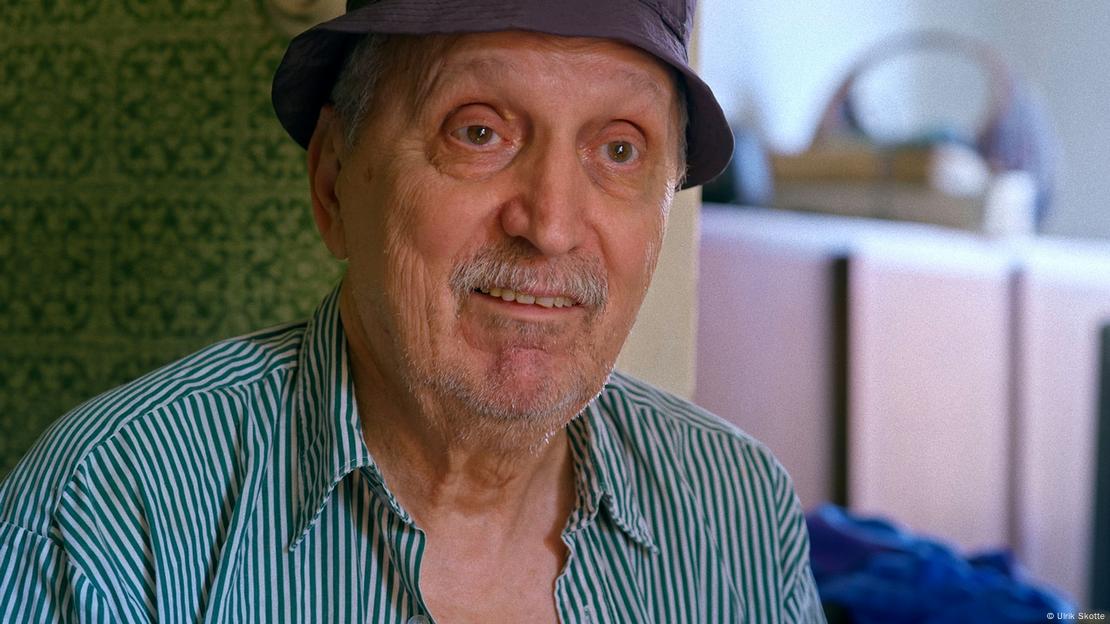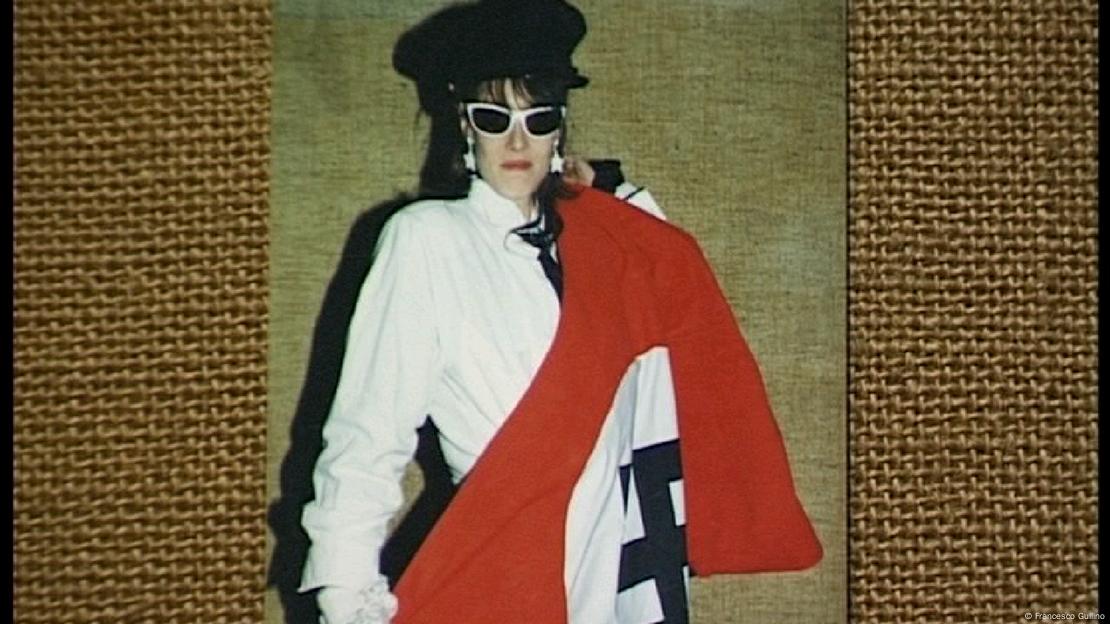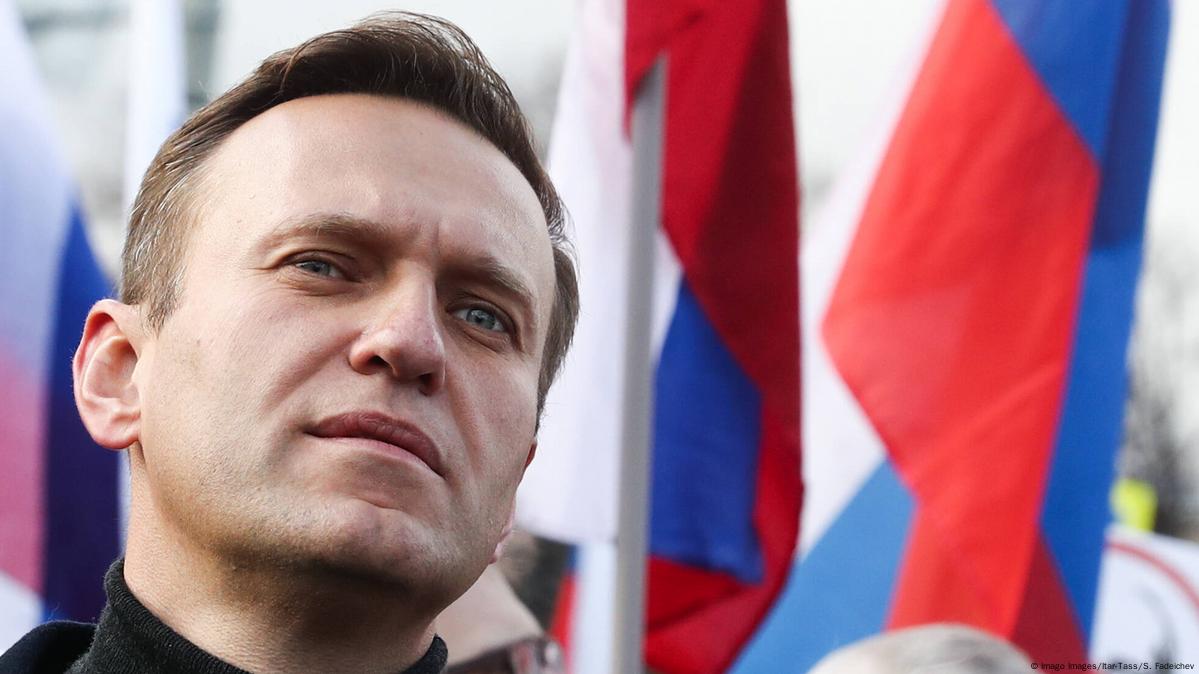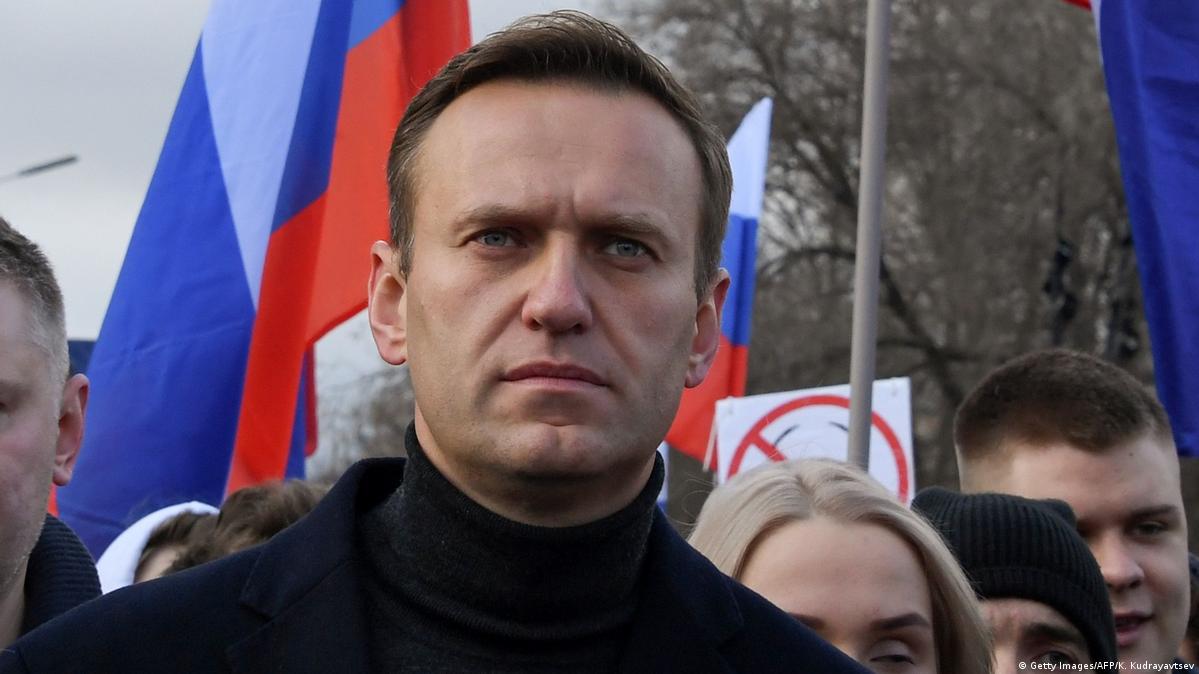Who was the Cold War 'umbrella assassin?'
A new Danish documentary sheds some light on the shadowy figure of Francesco Gullino, alias "Agent Piccadilly," the prime suspect in the 1978 murder of Bulgarian dissident Georgi Markov in London.

CRIME BULGARIA
Christopher Nehring
DW
MARCH 21,2023
Ever since Bulgarian journalist Hristo Hristov successfully sued for the release of the intelligence file on Francesco Gullino in 2007, the world has known that Gullino, an Italian-born Danish citizen, began working for the Bulgarian secret service in 1971.
To this day, Gullino is considered the main suspect in the so-called "umbrella assassination" case: the murder of the Bulgarian writer and dissident Georgi Markov in London in 1978.
Markov was poisoned, probably with ricin, after being injected with a poisoned pellet when stabbed in the leg with the tip of a specially adapted umbrella at a bus stop in London.

Recruited by the Bulgarian secret service
Gullino's career as an agent began in 1970 when he was arrested in Bulgaria for smuggling and illegally trading in used cars. A short time later, he was recruited by the Bulgarian secret service and given the codename "Piccadilly."
In 1978, a lavish dinner was laid on in his honor by senior members of the Bulgarian secret service, which dispatched him to London around the time of Markov's murder. All documents about the period that followed were removed from the Piccadilly file in 1990 and destroyed.
The spy chief at the time of the murder, Vladimir Todorov, was convicted in 1992 of destroying documents on the case. His superior and co-conspirator Deputy Interior Minister General Stoyan Savov committed suicide in order to avoid trial.
The communist spy with fascist sympathies
But what the Bulgarian secret service didn't know and what Skotte's documentary reveals is that Gullino was a fascist all his life. The Danish journalist has in his possession Gullino's copy of Hitler's "Mein Kampf" and a calendar with pictures of Mussolini.

Gullino's third life: pornographer
He paid some of these prostitutes to wrap themselves in Nazi flags during sex or to pose in fascist uniforms. For these and other pornographic images, Gullino rented a photo studio and hired a secretary. He posed as a photographer and model agent and demanded pornographic photos or sexual favors in return for modeling jobs.
The Danish documentary team unearthed over 100 of these images. Skotte told DW that in his eyes, Gullino's marked sexual preferences were his "third life" alongside his outwardly respectable existence and his work as a secret agent.
Was Gullino involved in another murder?
Skotte's documentary reveals for the first time that Gullino's predilection for prostitutes has made him a suspect in another murder case, namely that of prostitute Hanne With, who was murdered in Copenhagen on New Year's Eve 1989. With had a photo of herself on a horse on her bedside table. On the back she had written "Riding with Gullino."

Tricks, lies and evasive answers
In February 1993, Gullino was interrogated by the Danish secret service, PET, and Scotland Yard. The investigators had received the purged "Piccadilly" file from Bulgaria and were questioning Gullino about Markov's murder.
During the interrogation, Gullino twisted and turned and gave evasive answers; at times saying nothing or himself asking questions. He had learned how to behave during an interrogation from the Bulgarian secret service in the 1970s when he had received special training as an agent. The rest can be put down to his natural talent at putting up smoke screens.

He claimed that the "Piccadilly" file was a fake and said he could not explain the counterfeit passports it contained. He admitted that he had been in London in 1978, but said he neither knew Markov nor had murdered him.
What does the Danish secret service know?
Due to a lack of evidence conclusively linking him to the umbrella murder, the investigators had to let him go. According to Skotte, however, this was only half the truth.
Skotte has seen information that indicates Gullino handed over important information to the PET. He is still trying to find out exactly what that information was. In return, Gullino was apparently allowed to leave Denmark for Austria, where he drew his Danish pension from the consulate.
New source of information
But where did this new information come from? The morning after Gullino had been interrogated about the Markov murder in 1993, he turned up on the doorstep of a friend in Copenhagen, journalist and director Franco Invernizzi. Gullino was agitated.
In the months that followed, his company went bankrupt and Gullino moved in with his friend. During that time, he told Invernizzi his life story and gave him documents, notebooks and photos, allegedly for a film that Invernizzi was to make about Gullino and the "true story of the Markov murder." Six months later, Gullino left Denmark.
The objects Gullino gave Invernizzi — whose wife appears in the documentary — were the basis for the new film. Skotte and his team interviewed Gullino in the Austrian city of Wels in 2021.
Gullino, the chameleon
So, who was Francesco Gullino? A sexually deviant fascist? An art dealer? A secret agent? A multiple murder suspect? A notorious swindler and liar? Gullino was capable of being everything and everyone, had friends everywhere, had an appropriate story for everyone and an answer to every question, no matter how probing.
As this recently unearthed material shows, it is not possible to find the real Francesco Gullino beneath the decades of stories, lies and half-truths. Maybe there never was one real Francesco Gullino.
As far as Ulrik Skotte is concerned, Gullino was above all a chameleon, which in turn made him the ideal secret agent.
Gullino died alone at home in the summer of 2021. His corpse was found a week after his death. He was cremated and given an anonymous burial. Skotte says that just before he died, Gullino called the Danish film crew one more time. All they could hear at the other end of the line was a wheezing, rasping sound.
This article was originally published in German.
Ever since Bulgarian journalist Hristo Hristov successfully sued for the release of the intelligence file on Francesco Gullino in 2007, the world has known that Gullino, an Italian-born Danish citizen, began working for the Bulgarian secret service in 1971.
To this day, Gullino is considered the main suspect in the so-called "umbrella assassination" case: the murder of the Bulgarian writer and dissident Georgi Markov in London in 1978.
Markov was poisoned, probably with ricin, after being injected with a poisoned pellet when stabbed in the leg with the tip of a specially adapted umbrella at a bus stop in London.

Danish journalist Ulrik Skotte and his team interviewed Francesco Gullino, alias 'Agent Piccadilly' (pictured here) in the Austrian city of Wels in 2021Image: Ulrik Skotte
A new Danish TV documentary by journalist Ulrik Skotte has uncovered some incredible details about the life of Gullino, who appears to have been a multiple murder suspect, sexually deviant fascist and notorious swindler.
A new Danish TV documentary by journalist Ulrik Skotte has uncovered some incredible details about the life of Gullino, who appears to have been a multiple murder suspect, sexually deviant fascist and notorious swindler.
Recruited by the Bulgarian secret service
Gullino's career as an agent began in 1970 when he was arrested in Bulgaria for smuggling and illegally trading in used cars. A short time later, he was recruited by the Bulgarian secret service and given the codename "Piccadilly."
In 1978, a lavish dinner was laid on in his honor by senior members of the Bulgarian secret service, which dispatched him to London around the time of Markov's murder. All documents about the period that followed were removed from the Piccadilly file in 1990 and destroyed.
The spy chief at the time of the murder, Vladimir Todorov, was convicted in 1992 of destroying documents on the case. His superior and co-conspirator Deputy Interior Minister General Stoyan Savov committed suicide in order to avoid trial.
The communist spy with fascist sympathies
But what the Bulgarian secret service didn't know and what Skotte's documentary reveals is that Gullino was a fascist all his life. The Danish journalist has in his possession Gullino's copy of Hitler's "Mein Kampf" and a calendar with pictures of Mussolini.

Ulrik Skotte and his team unearthed over 100 images taken by Francesco Gullino, such as this one showing a woman posing with a Nazi flag
Image: Francesco Gullino
Gullino's unsavory political leanings also played a role in his sexual deviance. As a child, he spent several years living with an aunt in Italy who ran a brothel. Apparently shaped by this experience, he sought the company of prostitutes throughout his life.
Gullino's unsavory political leanings also played a role in his sexual deviance. As a child, he spent several years living with an aunt in Italy who ran a brothel. Apparently shaped by this experience, he sought the company of prostitutes throughout his life.
Gullino's third life: pornographer
He paid some of these prostitutes to wrap themselves in Nazi flags during sex or to pose in fascist uniforms. For these and other pornographic images, Gullino rented a photo studio and hired a secretary. He posed as a photographer and model agent and demanded pornographic photos or sexual favors in return for modeling jobs.
The Danish documentary team unearthed over 100 of these images. Skotte told DW that in his eyes, Gullino's marked sexual preferences were his "third life" alongside his outwardly respectable existence and his work as a secret agent.
Was Gullino involved in another murder?
Skotte's documentary reveals for the first time that Gullino's predilection for prostitutes has made him a suspect in another murder case, namely that of prostitute Hanne With, who was murdered in Copenhagen on New Year's Eve 1989. With had a photo of herself on a horse on her bedside table. On the back she had written "Riding with Gullino."

Danish journalist Ulrik Skotte (left) with author Christopher Nehring
in the archive of the Bulgarian secret service in June 2021
When questioned by the police, Gullino said that he had been at a party at the time of her death, which according to Danish police files was confirmed by telephone by the party guests named by Gullino.
However, when asked on camera for the documentary, every one of these guests said that they neither spent the evening with Gullino nor had they ever been questioned by police. Even the Danish police cannot explain how Gullino's obviously faked alibi came about.
When questioned by the police, Gullino said that he had been at a party at the time of her death, which according to Danish police files was confirmed by telephone by the party guests named by Gullino.
However, when asked on camera for the documentary, every one of these guests said that they neither spent the evening with Gullino nor had they ever been questioned by police. Even the Danish police cannot explain how Gullino's obviously faked alibi came about.
Tricks, lies and evasive answers
In February 1993, Gullino was interrogated by the Danish secret service, PET, and Scotland Yard. The investigators had received the purged "Piccadilly" file from Bulgaria and were questioning Gullino about Markov's murder.
During the interrogation, Gullino twisted and turned and gave evasive answers; at times saying nothing or himself asking questions. He had learned how to behave during an interrogation from the Bulgarian secret service in the 1970s when he had received special training as an agent. The rest can be put down to his natural talent at putting up smoke screens.

In one of the most audacious killings of the Cold War, Georgi Markov was killed after being injected with a poison-filled pellet using an umbrella at a bus stop in London in 1978
picture-alliance/dpa/epa/Stringer
He claimed that the "Piccadilly" file was a fake and said he could not explain the counterfeit passports it contained. He admitted that he had been in London in 1978, but said he neither knew Markov nor had murdered him.
What does the Danish secret service know?
Due to a lack of evidence conclusively linking him to the umbrella murder, the investigators had to let him go. According to Skotte, however, this was only half the truth.
Skotte has seen information that indicates Gullino handed over important information to the PET. He is still trying to find out exactly what that information was. In return, Gullino was apparently allowed to leave Denmark for Austria, where he drew his Danish pension from the consulate.
New source of information
But where did this new information come from? The morning after Gullino had been interrogated about the Markov murder in 1993, he turned up on the doorstep of a friend in Copenhagen, journalist and director Franco Invernizzi. Gullino was agitated.
In the months that followed, his company went bankrupt and Gullino moved in with his friend. During that time, he told Invernizzi his life story and gave him documents, notebooks and photos, allegedly for a film that Invernizzi was to make about Gullino and the "true story of the Markov murder." Six months later, Gullino left Denmark.
The objects Gullino gave Invernizzi — whose wife appears in the documentary — were the basis for the new film. Skotte and his team interviewed Gullino in the Austrian city of Wels in 2021.
Gullino, the chameleon
So, who was Francesco Gullino? A sexually deviant fascist? An art dealer? A secret agent? A multiple murder suspect? A notorious swindler and liar? Gullino was capable of being everything and everyone, had friends everywhere, had an appropriate story for everyone and an answer to every question, no matter how probing.
As this recently unearthed material shows, it is not possible to find the real Francesco Gullino beneath the decades of stories, lies and half-truths. Maybe there never was one real Francesco Gullino.
As far as Ulrik Skotte is concerned, Gullino was above all a chameleon, which in turn made him the ideal secret agent.
Gullino died alone at home in the summer of 2021. His corpse was found a week after his death. He was cremated and given an anonymous burial. Skotte says that just before he died, Gullino called the Danish film crew one more time. All they could hear at the other end of the line was a wheezing, rasping sound.
This article was originally published in German.
A history of political poisonings
Poisoning has been used by intelligence agencies for over a century and the latest alleged victim is Putin critic Alexei Navalny. Toxins and even nerve agents, hidden in food or drink, are often the weapons of choice.
Poisoning has been used by intelligence agencies for over a century and the latest alleged victim is Putin critic Alexei Navalny. Toxins and even nerve agents, hidden in food or drink, are often the weapons of choice.

Alexei Navalny
Russian opposition leader Alexei Navalny was rushed to hospital in Siberia after being taken ill on a flight to Moscow. His aides allege he was poisoned in revenge for his campaigns against corruption. The 44-year-old ex-lawyer apparently only drank black tea before taking off from Omsk airport, which his team think was laced with a toxin that put him in a coma.

Pyotr Verzilov
In 2018, Russian-Canadian activist Pyotr Verzilov was reported to be in a critical condition after allegedly being poisoned in Moscow. It happened shortly after he gave a TV interview criticizing Russia's legal system. Verzilov, the unofficial spokesman for the rock group Pussy Riot, was transferred to a hospital in Berlin where doctors said it was "highly probable" that he had been poisoned.Image: picture-alliance/dpa/Tass/A. Novoderezhkin
Sergei Skripal
Sergei Skripal, a 66-year-old former Russian spy, was found unconscious on a bench outside a shopping center in the British city of Salisbury after he was exposed to what was later revealed to be the nerve agent Novichok. Russian President Vladimir Putin’s spokesman Dmitry Peskov called the situation "tragic" but said, "We don't have information about what could be the cause" of the incident.
Kim Jong Nam
The estranged half-brother of Kim Jong Un was killed on February 13, 2018 at Kuala Lumpur airport after two women allegedly smeared the chemical nerve agent VX on his face. In February, a Malaysian court heard that Kim Jong Nam had been carrying a dozen vials of antidote for the deadly nerve agent VX in his backpack at the time of the poisoning.
Alexander Litvinenko
Former Russian spy Litvinenko had worked for the Federal Security Service (FSB) before he defected to Britain, where he became a journalist and wrote two books of accusations against the FSB and Putin. He became ill after meeting with two former KGB officers and died on November 23, 2006. A government inquiry found he was killed by radioactive polonium-210 which it alleged the men put in his tea
Viktor Kalashnikov
In November 2010, doctors at Berlin's Charité hospital discovered high levels of mercury had been found in a Russian dissident couple working in Berlin. Kalashnikov, a freelance journalist and former KGB colonel, had 3.7 micrograms of mercury per litre of blood, while his wife had 56 micrograms. A safe level is 1-3 micrograms. Viktor reportedly told German magazine Focus that "Moscow poisoned us."
Viktor Yushchenko
Ukrainian opposition leader Yushchenko became sick in September 2004 and was diagnosed with acute pancreatis caused by a viral infection and chemical substances. The illness resulted in facial disfigurement, with pockmarks, bloating and jaundice. Doctors said the changes to his face were from chloracne, which is a result of dioxin poisoning. Yushchenko claimed government agents poisoned him.
Khaled Meshaal
On September 25, 1997, Israel's intelligence agency attempted to assassinate Hamas leader Meshaal, under orders from Prime Minister Benjamin Netanyahu. Two agents sprayed a poisonous substance into Meshaal's ear as he walked into the Hamas offices in Amman, Jordan. The assassination attempt was unsuccessful and not long afterward the two Israeli agents were captured.
Georgi Markov
In 1978, Bulgarian dissident Markov was waiting at a bus stop after a shift at the BBC when he felt a sharp jab in his thigh. He turned to see a man picking up an umbrella. A small bump appeared where he felt the jab and four days later he died. An autopsy found he'd been killed by a small pellet containing a 0.2-milligram dose of ricin. Many believe the poisoned dart was fired from the umbrella.
Grigori Rasputin
On December 30, 1916, mystic and spiritual healer Rasputin arrived at Yusupov Palace in St Petersburg at the invitation Prince Felix Yusupov. There, Prince Yusupov offered Rasputin cakes laced with potassium cyanide but he just kept eating them. Yusupov then gave him wine in a cyanide-laced wine glasses, but still Rasputin continued to drink. With the poison failing, Rasputin was shot and killed.
Rühle: Struggle against Bolshevism (Intro) (marxists.org)
The Struggle Against Fascism
Begins with the Struggle Against Bolshevism (1939)
Left Fascism
Writing off the threat of ‘far-left fascism’ because Trump used the phrase in a speech ignores the deep roots of America’s current revolutionary moment
BY RUSSELL A. BERMAN
SEPTEMBER 30, 2020
No comments:
Post a Comment